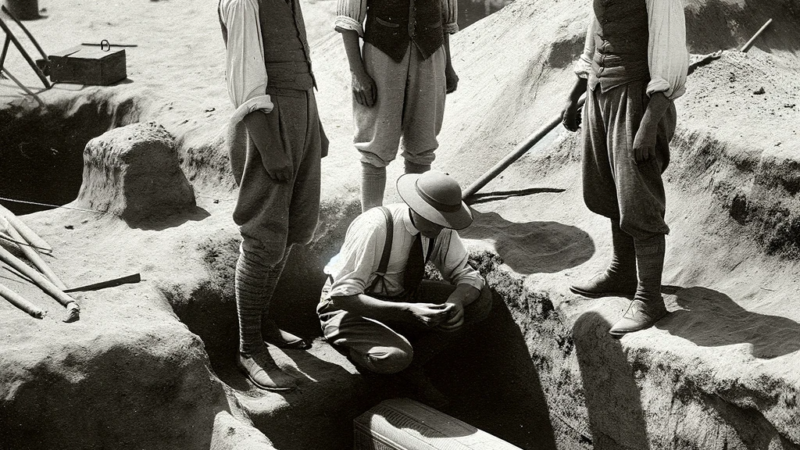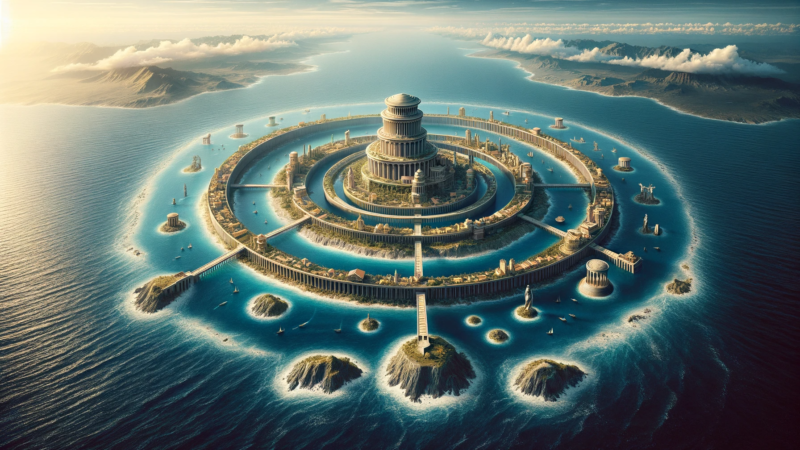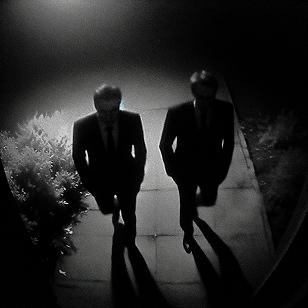The Yonaguni Monument: An Enigmatic Underwater Enigma

Nestled beneath the cerulean waters off the coast of Yonaguni Island in Japan lies a mystery that has baffled scientists, archaeologists, and adventurers for decades—the Yonaguni Monument. Dubbed by some as a submerged “Atlantis of Japan,” this intricate rock formation continues to spark fascination and debate among experts and enthusiasts alike.
The Discovery
The story of the Yonaguni Monument begins in 1986 when a diver named Kihachiro Aratake stumbled upon the massive, stepped stone terraces while exploring the ocean floor. What he found was a series of precisely hewn stones arranged in a manner that appeared far too deliberate to be the result of natural processes. The formation consists of terraces, pillars, and stone walls, some as tall as 25 meters (82 feet) and as long as 50 meters (164 feet).
Natural Formation or Human Handiwork?
One of the most contentious debates surrounding the Yonaguni Monument is whether it is a natural geological formation or the result of ancient human craftsmanship. Skeptics argue that the rocks could have been shaped by tectonic activity, erosion, and other geological processes over thousands of years. However, proponents of the human-made theory point to several intriguing features that suggest otherwise.
- Straight edges and right angles: The Yonaguni Monument displays numerous flat surfaces with straight edges and right angles, features that are uncommon in natural formations.
- Toolmarks: Some researchers claim to have identified toolmarks and chisel-like impressions on the stones, indicating human intervention.
- Alignment: The arrangement of the rocks in parallel lines and stair-like formations appears too orderly to be random.
Theories and Speculations
Various theories have emerged to explain the origin of the Yonaguni Monument:
- Natural Formation: Geological processes, including tectonic activity and erosion, are responsible for the Yonaguni Monument’s appearance.
- Man-Made: Some believe that ancient people carved and stacked the stones to create a monumental structure, possibly for religious or ceremonial purposes.
- Ancient Civilization: Proponents of this theory suggest that the monument could be the remnants of an advanced, prehistoric civilization that existed thousands of years ago.
- Terraced Fields: Others propose that the terraces might have been used for agricultural purposes, although this remains a topic of debate.
Ongoing Research and Exploration
The Yonaguni Monument continues to be a subject of research, with underwater archaeologists and geologists conducting studies to uncover its secrets. Advanced imaging technologies, such as sonar and 3D mapping, have provided additional insights into the formation’s composition and history.
While the debate regarding its origins rages on, the Yonaguni Monument remains a captivating symbol of our planet’s mysterious underwater world. Whether the formation is the product of nature’s slow hand or the remnants of an ancient civilization’s ingenuity, it serves as a testament to the enduring allure of the unexplained, inviting adventurers and explorers to dive deeper into its enigmatic depths.





